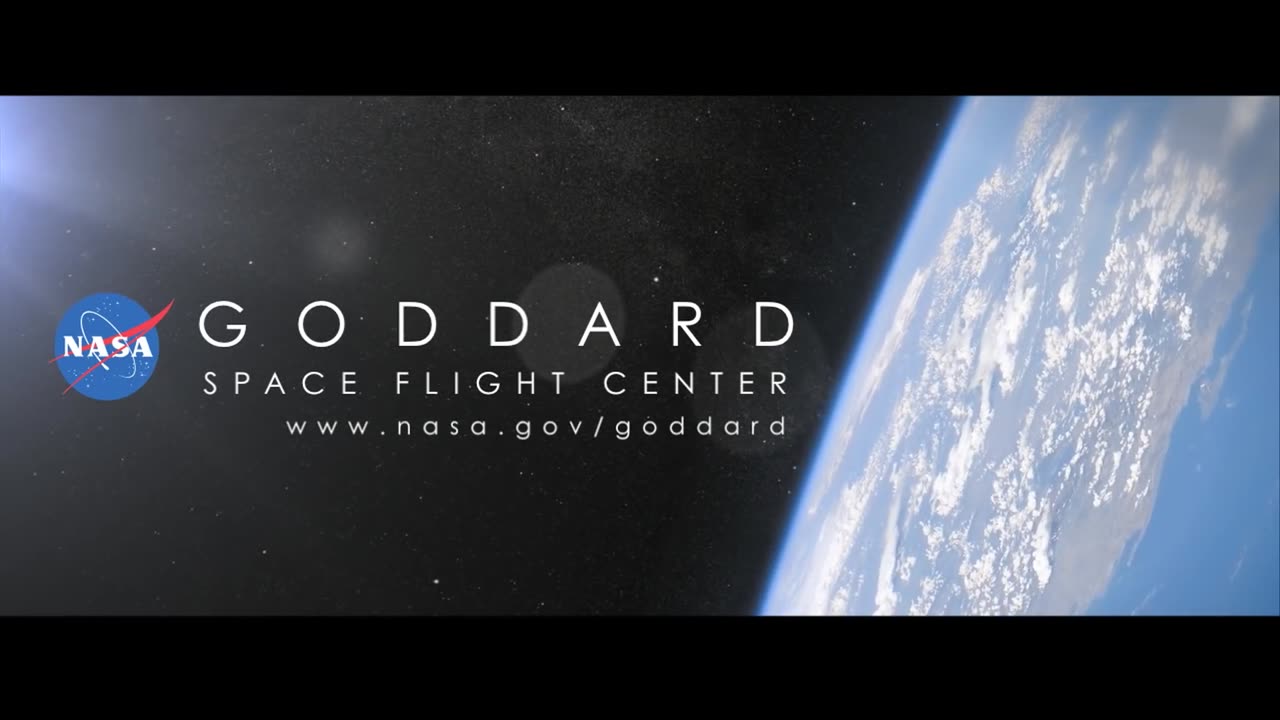Premium Only Content

Nasa_Evolution of the Moon Full HD
The Moon's evolution is a complex process that involves various stages. It formed about 4.5 billion years ago as a result of a collision between a Mars-sized object and the early Earth. Here's a brief overview of its evolution:
Formation: The Moon formed from the debris created by the collision. The impact ejected material from both the Earth and the impacting object into space. Over time, this material came together to form the Moon.
Magma Ocean: In its early stages, the Moon was covered by a molten "magma ocean." As the surface cooled, minerals crystallized and formed the solid crust of the Moon.
Impact Bombardment: During its early history, the Moon was heavily bombarded by asteroids and comets. These impacts created many of the craters and basins that we see on the lunar surface today.
Volcanic Activity: The Moon's volcanoes were active during its early history. Lava flows created vast plains called maria, which are now the darker areas on the lunar surface.
Tidal Evolution: The gravitational interaction between the Earth and the Moon caused tidal forces. Over time, this slowed down the rotation of the Moon until it became tidally locked, meaning one side always faces the Earth.
Cold and Quiet: The Moon has been geologically inactive for billions of years. Its surface is now characterized by impact craters, lava plains, and mountains.
Lunar Samples: Apollo and other missions collected samples from the Moon's surface, providing valuable insights into its composition and history.
Current State: The Moon's evolution has resulted in a relatively static body compared to its earlier dynamic phases. It lacks an atmosphere and experiences extreme temperature variations between its day and night.
This is a brief overview of the Moon's evolution. If you're interested in specific details or have more questions, feel free to ask
-
 1:20:08
1:20:08
Redacted News
2 hours agoPutin smells a TRAP as Ukraine agrees to Trump's U.S. ceasefire plan | Redacted w Clayton Morris
70.7K81 -
 51:59
51:59
Candace Show Podcast
2 hours agoMahmoud Khalil’s Detainment: Fighting Terrorism Or Speech? | Candace Ep 158
31.8K117 -
 LIVE
LIVE
Dr Disrespect
6 hours ago🔴LIVE - DR DISRESPECT - PUBG - PRO TACTICALLY WINNING
2,715 watching -
 1:02:40
1:02:40
In The Litter Box w/ Jewels & Catturd
22 hours agoUSAID to Staff: Shred and Burn | In the Litter Box w/ Jewels & Catturd – Ep. 760 – 3/12/2025
38.4K15 -
 2:21:38
2:21:38
Darkhorse Podcast
5 hours agoThe 267th Evolutionary Lens with Bret Weinstein and Heather Heying
43.6K26 -
 1:58:45
1:58:45
The Quartering
6 hours agoCorrupt Democrats Caught SHREDDING Evidence, Assassination Plot On Alex Jones, Tariff Fallout & More
108K40 -
 1:27:14
1:27:14
The Officer Tatum
4 hours agoLIVE: Trump and Elon BREAK INTERNET With BRAND NEW TESLA | Officer Tatum Show EP 78
48.1K30 -
 2:10:41
2:10:41
Adam Carolla
1 day agoCatalytic Converter Theft Turns Deadly + UPDATE! Rebuilding Malibu | Adam’s Wild Malibu Trip
27.5K13 -
 47:43
47:43
Russell Brand
7 hours agoWho’s Controlling the Narrative? Iran, Epstein, and the Fight Over Women’s Sports – SF552
161K89 -
 1:54:25
1:54:25
vivafrei
8 hours agoCanadian Premiers BUCKLE! "Gender" Wars in Congress! Madness in Seattle AND MORE! Viva Frei Live
88.2K104